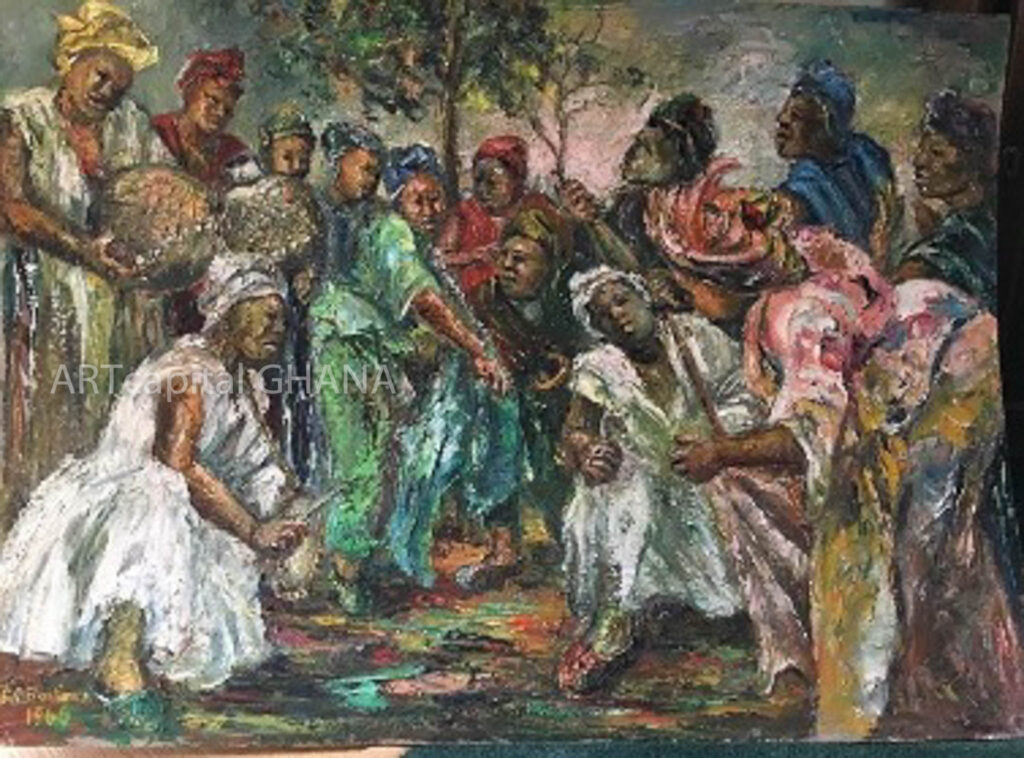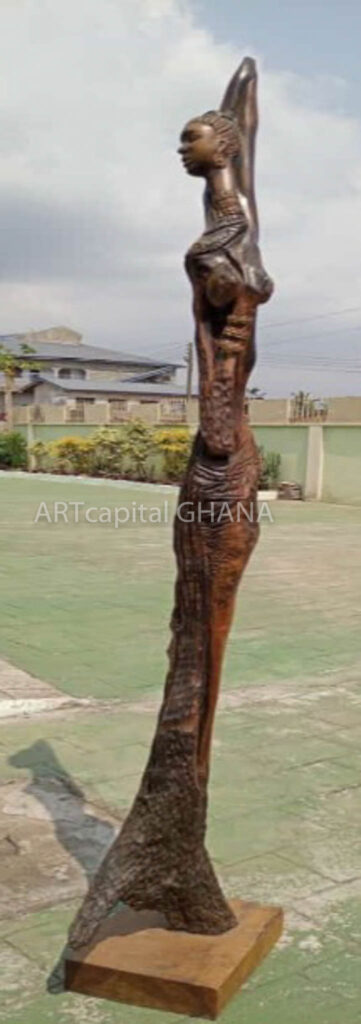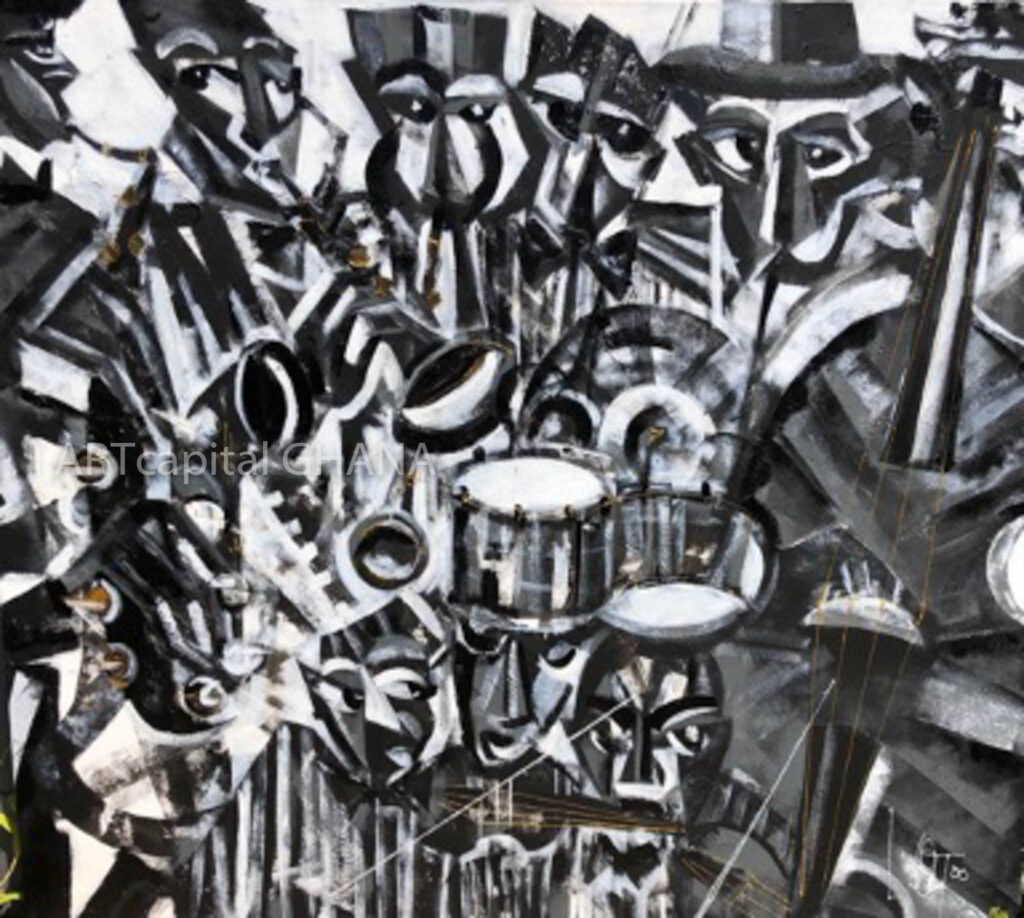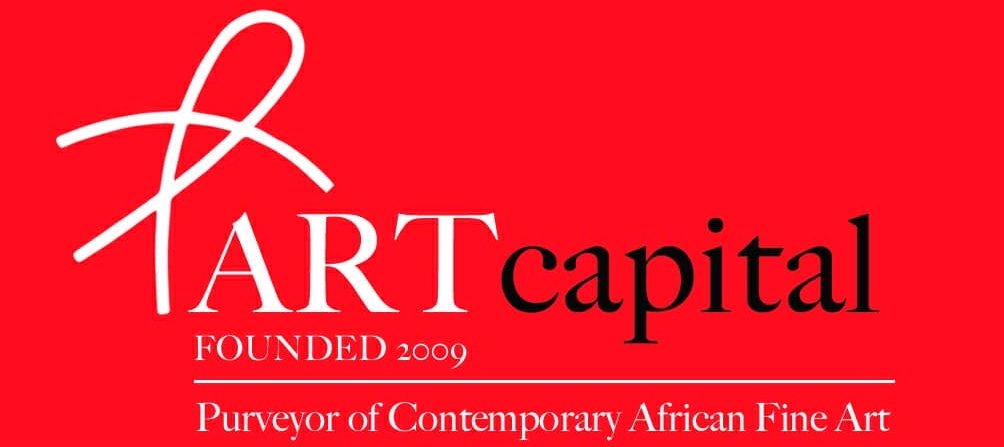By Nii B. Andrews.
Ghana’s contemporary plastic art scene has long been often described as emerging and offering immense potential and growth.
The local art market influence has been minimal if not miniscule.
Most of the trends have been shaped by the external market in Europe and the US.
The obvious examples are Anatsui, Owusu- Ankomah, Glover and lately the figurative work of Kye Quaicoe and Amoako Boafo.
The meteoric success of the latter pair has led to a proliferation of portraiture by the current crop of young artists, albeit a fair amount being contrived and uninspired.

While this phenomenon is not unique to Ghana, it will inevitably lead to the evolution of new concepts that will showcase the immense artistic talents available.
The local artistic platforms for nurturing and exhibiting talents remain anemic and current trends may even render them irrelevant in a post pandemic world.
This is coupled with a sparse local collector base. The question of course being which begat what?
Most new potential Ghanaian collectors not only wish to decorate their homes with the art they purchase or collect but also ensure that the artwork amounts to a certain value in the future.
This cohort is eager to flip the artwork in the near future when the value goes up. Let us charitably accord them the investor category.
The other kind of collector is the one who chooses to build a collection with quality artworks rather than focus on the value of the artwork and/or the artist.
Such collectors, “are also looking for resonance with their aesthetics and a narrative that speaks to them….. (they are) becoming more adventurous, and crossing artists or coveted artworks off their wish list.”

They propose to live with their art for a longer period and, perhaps, choose to leave the art behind for their children or donate it to an institution.
Which cohort you are more likely to encounter, I shall leave entirely to your imagination.
Most local galleries have not sought out innovative technology based means to engage with their potential audience.
But then again what was their level of outreach and engagement within their sole physical space prior to the pandemic?
Today, the internet plays an even more important role in our lives. It is a vital space that can host festivals, exhibitions and outreach initiatives which can lead to a deepening engagement.
The situation has led a significant number of the local artists to seek self promotion online especially via Instagram. There are multiple pros and cons with this approach.

Curatorial expertise must not be taken for granted even in this post-truth world.
But that art is also a visceral experience cannot be denied.
High-quality art will demand to be seen and experienced physically before people commit to large expenditures.
The artist, Michelle Poonawalla states, “Art has always been used to tell a story, spread a message or as a vehicle for positive change. During the lockdown, these aspects have gained even more traction as people turned to art and culture as a source of inspiration and relaxation.”
A well considered greater degree of personalisation such as will enable potential buyers to view works and engage in more intimate conversations than in public spaces should be the goal.
One lesson we must all have learnt from the “new normal” is the importance of personal engagement; it is an essential part of being human.



Super interesting read!
Side note but this made me think about how I’m beginning to feel the internet’s presence and influence in the everyday more and more.
From how we even consume music now to how we perceive art.
Very interesting analysis of the current state of the market. I think its also relevant to many other countries too.
Good observations. Many collectors have also observed and expressed similar worry of proliferation of portraiture by budding Ghanaian artists.
Thanks for your love of art and thoughtful consideration when writing the article. Much appreciated.